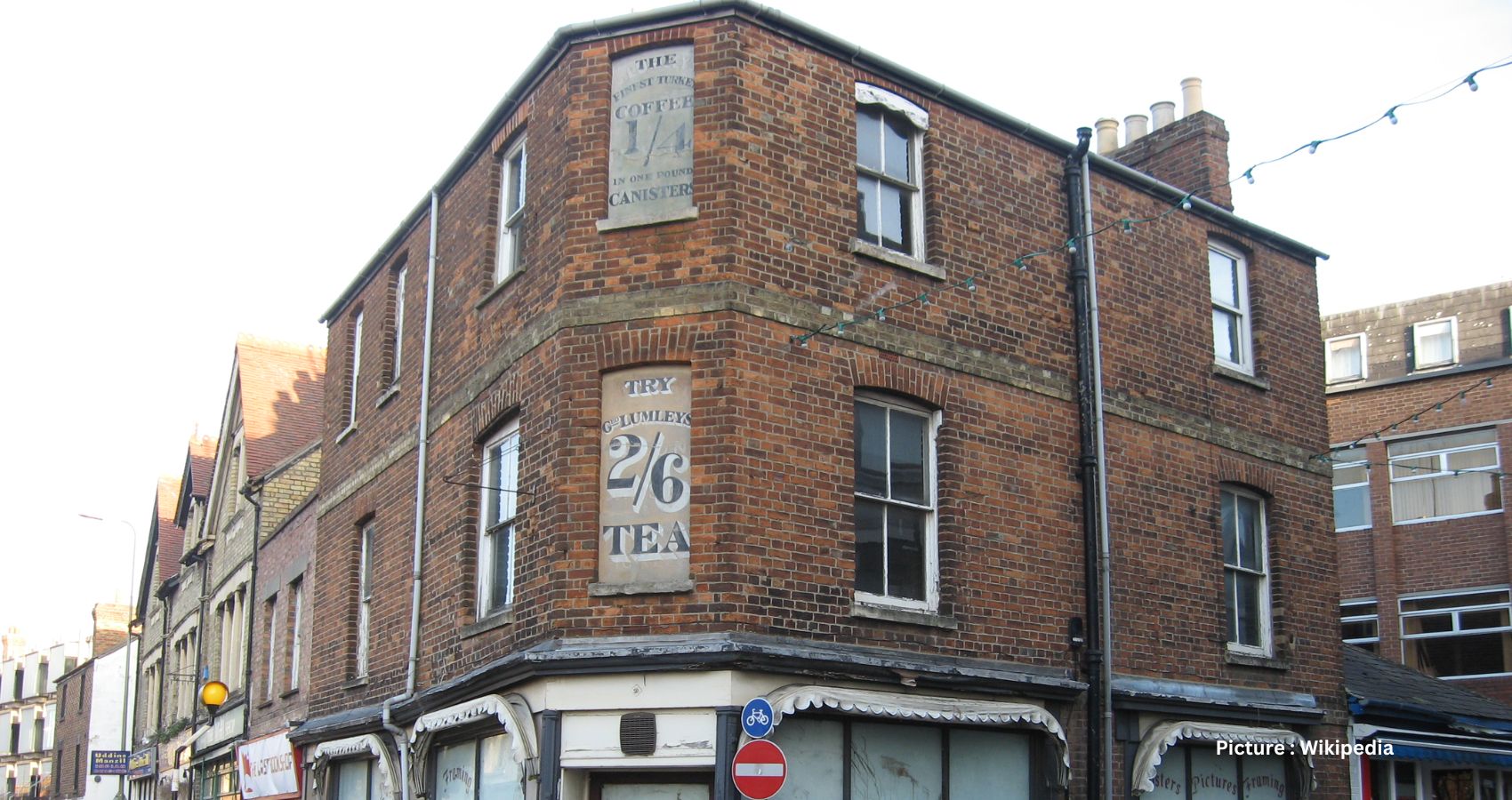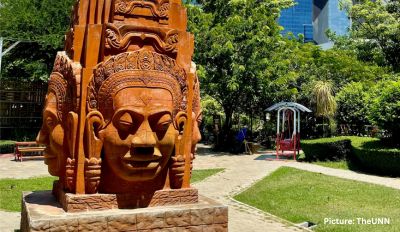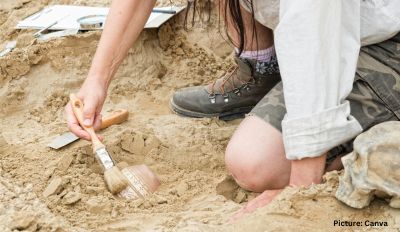The count of unoccupied residences in Japan has surged to an unprecedented nine million, exceeding the population of New York City, a reflection of the ongoing struggle with Japan’s dwindling population.
In Japan, deserted houses are commonly referred to as “akiya,” a term typically associated with dilapidated residential properties found in rural areas. However, the prevalence of akiya is expanding in major urban centers like Tokyo and Kyoto, posing a significant challenge for a nation already contending with an aging demographic and a declining birth rate.
Jeffrey Hall, a lecturer at Kanda University of International Studies in Chiba, remarked, “This is a symptom of Japan’s population decline…It’s not really a problem of building too many houses, but a problem of not having enough people.”
Official data compiled by the Ministry of Internal Affairs and Communications reveals that 14% of all residential properties in Japan stand vacant. These figures encompass second homes as well as properties left unoccupied for various reasons, including owners working abroad temporarily.
However, not all vacant properties deteriorate like traditional akiya, which present a range of issues for the government and local communities. These problems include impeding efforts to revitalize declining towns, posing potential hazards due to neglect, and exacerbating risks for emergency responders during natural disasters in a country susceptible to earthquakes and tsunamis.
The issue of a surplus of homes stems from various factors. Akiya are often passed down through generations, but with Japan’s plummeting fertility rate, many lack heirs or are inherited by younger generations disinterested in rural living. Additionally, some houses remain in administrative limbo due to poor record-keeping by local authorities.
Consequently, the government faces challenges in rejuvenating rapidly aging rural communities, hindering initiatives to attract younger residents seeking alternative lifestyles or investors seeking bargains.
Under Japan’s tax policies, some owners find it economically favorable to retain properties rather than demolish them for redevelopment. Furthermore, even if owners wish to sell, they may struggle to find buyers, particularly for houses lacking access to public amenities.
While social media trends depict foreigners purchasing inexpensive Japanese houses for conversion into trendy guesthouses and cafes, Jeffrey Hall cautioned that the reality is more complex. He emphasized the administrative hurdles and language barriers foreigners face in navigating the process, suggesting that acquiring these houses inexpensively is unlikely.
Japan’s population decline has persisted for years, with the latest data indicating a decrease of over 800,000 individuals since the previous year, totaling 125.4 million in 2022. The birth rate, which has remained around 1.3 for an extended period, is far below the 2.1 required to sustain a stable population. Furthermore, the number of children under 15 has declined for the 43rd consecutive year, reaching a record low.
The imbalance between housing availability and population size is poised to persist. Yuki Akiyama, a professor at Tokyo City University’s faculty of architecture and urban design, highlighted the repercussions of vacant houses, citing their obstruction of evacuation routes during disasters like earthquakes and tsunamis.
Akiyama underscored the challenges faced in post-disaster reconstruction due to unclear ownership of damaged properties. In rural areas with a surplus of vacant houses, development initiatives have stalled, leading to diminished real estate values and perceptions of devaluation within communities.
Although Akiyama developed an AI program to predict areas vulnerable to akiya, he noted that this issue extends beyond Japan, with similar phenomena observed in the US and parts of Europe. However, Japan’s unique architectural history and cultural attitudes exacerbate the situation, as newer houses command higher prices, and historical buildings are not widely valued for residential purposes.
Japan’s surplus of vacant houses underscores the complex interplay between demographic trends, urbanization, and cultural attitudes toward property. Addressing this issue will require multifaceted solutions that consider economic, social, and administrative factors to revitalize communities and mitigate risks associated with abandoned properties.











